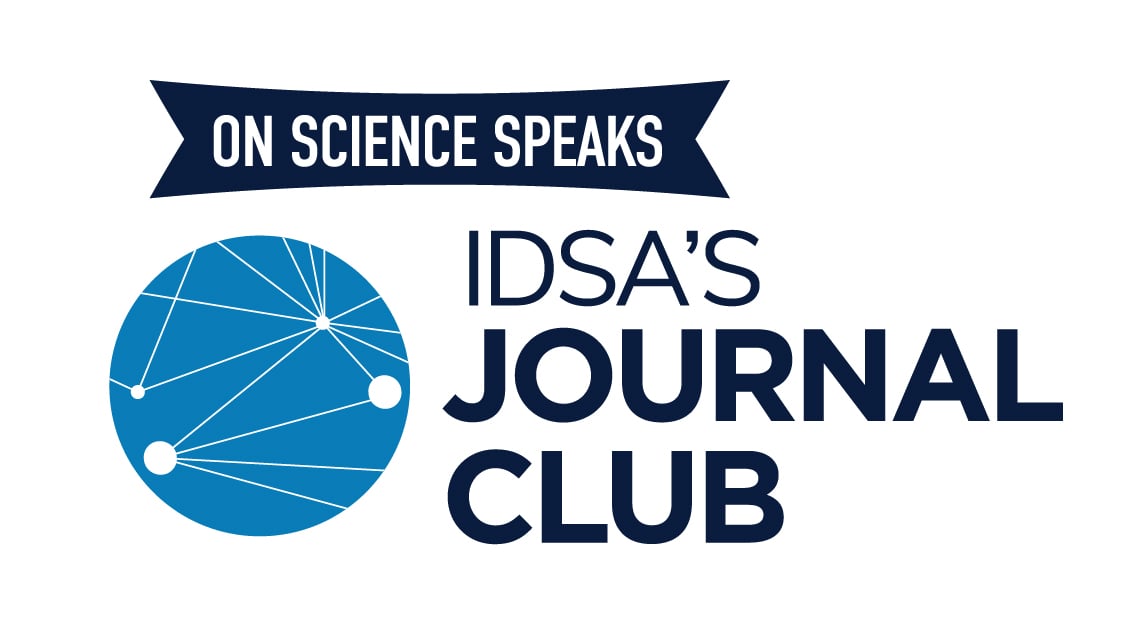What is the proper antibiotic duration for cholangitis?
Facebook Twitter LinkedIn Email The most recent medical and surgical society guidelines published in 2010 as well as the updated international practice guidelines published in 2018 recommend between 4 to 7 days of antimicrobial therapy after achieving source control in patients with cholangitis. But this guidance was partially based on expert opinion. Prospective data from the STOP-IT trial suggested a short-course antibiotic duration had similar outcomes as a longer duration, although data in the supplemental appendix showed only 10% to 12% of study patients had biliary infections.
The most recent medical and surgical society guidelines published in 2010 as well as the updated international practice guidelines published in 2018 recommend between 4 to 7 days of antimicrobial therapy after achieving source control in patients with cholangitis. But this guidance was partially based on expert opinion. Prospective data from the STOP-IT trial suggested a short-course antibiotic duration had similar outcomes as a longer duration, although data in the supplemental appendix showed only 10% to 12% of study patients had biliary infections.
A recent single-center study in India published in The American Journal of Gastroenterology randomized hospitalized adults with cholangitis after biliary drainage to receive 8 days of intravenous antibiotics (conventional duration group, CD) or 4 days of IV antibiotics (short duration group, SD). However, the duration could vary based on pre-specified criteria, so antibiotic duration could be extended in either group if a patient had not met safety criteria.
Safety criteria for discontinuing antibiotics included fulfilling all the following clinical signs: body temperature < 37.7°C for ≥ 24 hours, mean arterial blood pressure above 65 mm Hg for ≥ 24 hours, respiratory rate < 20 breaths/min and oxygen saturation above 90% on room air.
Patients were included in the study if ≥ 18 years of age with moderate to severe cholangitis, as defined by the 2018 Tokyo Guidelines, and had successful biliary drainage through endoscopic retrograde cholangiopancreatography or image-guided drainage. Patients were excluded from the study if they had any of the following: incomplete drainage, primary sclerosing cholangitis, biliary strictures, intubation, another uncontrolled infectious source like liver abscess, immunosuppression, Glasgow coma scale < 8 or pregnancy.
The primary endpoint was clinical cure at 30 days after randomization, defined as absence of recurrent cholangitis and > 50% reduction in total bilirubin measured at 15 days after biliary drainage compared to baseline on randomization. Secondary endpoints were total antibiotic duration, hospital days, antibiotic side effects and mortality.
Between May 2021 and June 2022, the authors randomized 120 patients, split evenly among CD and SD groups. Clinical cure was not significantly different in both groups: 79% in the CD group compared with 77% in the SD group. Mean duration of antibiotics was significantly lower in the SD group when compared to CD, 4.75 days versus 8.58 days, respectively. No differences were found between the groups in days of hospitalization, side effects or mortality.
This study adds to a growing body of literature to support a shorter duration of antibiotics in source-controlled biliary intra-abdominal infections. Future studies should define the microbiological milieu driving infectious complications in obstructive biliary disease in different parts of the world to improve antibiotic stewardship practices since 95% of the patients in this study received piperacillin-tazobactam (the other 5% received a carbapenem). The 2018 Tokyo Guidelines recommend obtaining bile cultures in all patients with moderate to severe cholangitis, but only 66% of patients in this study had bile cultures to tailor antibiotic choice, and > 50% of the bile cultures revealed pan-sensitive organisms. This suggests that although starting broad-spectrum antibiotics empirically in parts of the world with high resistance is reasonable, opportunities may exist to be better antibiotic stewards globally.


